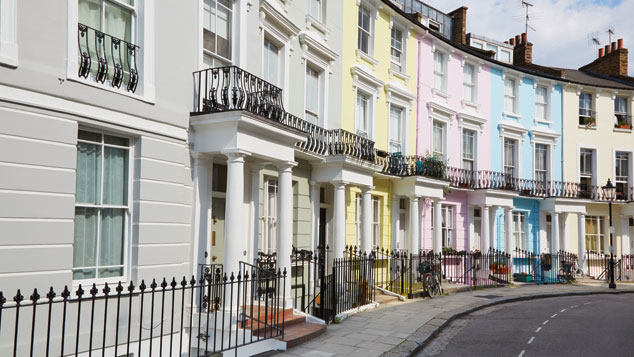
UK house prices fell in May for the third month in a row, according to figures from building society Nationwide. This is the first time we’ve seen three consecutive months of price falls since the financial crisis. But while this suggests we may finally have reached the upper level of what people are prepared to spend on property, it doesn’t mean we’re about to see the much-predicted house-price crash yet.
Indeed, it’s worth noting that the average price paid for a house still rose over the month – from £207,699 in April to £208,711 in May – to set a new record-high price. The monthly drop of 0.2% only comes in after Nationwide applies a “seasonal adjustment” to the figures; in other words, after it’s factored in a price rise that would be expected at this point in the year anyway.
The most straightforward explanation for weaker prices is that demand from some types of buyer has fallen. And certainly the government’s recent introduction of a stamp-duty surcharge on second homes and the elimination of certain tax reliefs for landlords will have dissuaded many investors from adding to their property portfolios. But when you look at HMRC’s records of completed property transactions, the monthly numbers have stayed within a range of between 80,000 and 110,000 since November 2015 (barring a sharp jump in the month before extra stamp-duty charges came into force last April).
So it seems likely that average prices are being affected disproportionately by falling demand at the upper end of the market. Over the past year the regions that have seen the lowest price rises are those where properties are already very expensive. In the year to March, London, the southwest and the southeast saw prices rise by the smallest percentages (only the northeast was lower), according to the Office for National Statistics.
This is not surprising. The changes to the stamp-duty rules mean significantly larger tax costs on deals involving higher-priced properties: a £1.5m property incurs stamp duty of 12% – or 15% if bought as a second property. That makes houses in the capital and the southeast, which are more likely to reach these prices, a lot less appealing. It appears that sellers of expensive houses are being forced to drop their asking prices to offset the extra tax bills. The average gap between asking and selling prices for £2m-plus houses in the first three months of this year was 8%, compared with 3.2% across all properties, according to property search site Rightmove, quoted in the Financial Times. Over the same period in 2014 asking prices of £2m-plus properties were dropped by only 4.4.%.
The trend towards weaker prices is especially evident in some expensive inner boroughs of London, where completed sales of new-build flats were down 41% by the end of last year, with average prices falling by 8.7%, according to figures from property firm London Central Portfolio. Sales for prime central London as a whole – including old and new properties – fell by 29%, although prices for this part of the market still rose by 3.75%.
However, while it’s tempting to think that three months of falling house prices is the start of a downward trend, it’s clear that significant falls are yet to spread outside of the most expensive areas of the UK. The continued shortage of housing seems likely to prop up prices for the near future at least, while low interest rates mean mortgages remain affordable for those who can pull together a decent deposit. This is not to say that things can’t change in the future, but unless we see radical changes to interest rates or housing policy, most buyers are unlikely to be able to pick up a bargain soon.